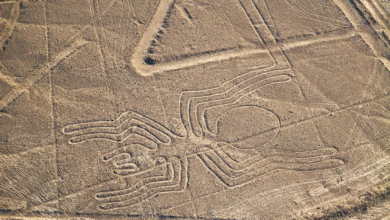
Laika, ′′Little Barker” but her real name was Kudrjavka, Russian for ′′curly.” She was captured on the street, in Moscow.
Half Husky and half Terrier, she was around 3 years old at the time. She was chosen because she was calm, docile and perfectly adaptable to the Sputnik 2 capsule. Equipped for life support (food and water), the mission didn’t involve return. For Laika, it was a death sentence.
The interior of the satellite was lined and the interior space was wide enough to allow Laika to lie or stand. The internal temperature was set to 15. and a refrigeration system had to protect the animal from excessive thermal surges.

image source: thepenchants.com
On November 3rd at 2 AM, Sputnik 2 was launched into space. Laika probably survived for seven hours.
But some sources claim that agony was much longer: four days.
Alone, in space.
The satellite returned to atmosphere 5 months later, April 14, 1958, after turning 2.570 laps around Earth.
It disintegrated upon return to the atmosphere.
Every year, before Fall, I feel compelled to tell this story and possibly do it with new words. There’s a deep guilt that all of us should feel reading what we did to Laika. Human progress has often been achieved at the expense of animals that had nothing to do with our desire for supremacy.
Many people believe this was an acceptable price for our conquests, but it seems obvious, even reading this story, that was really just a trivial form of prevarication.
We had a duty to choose another path.
We still have that duty today.
Sorry humanity has failed you, Laika ![]()

image source: collectorsweekly.com




